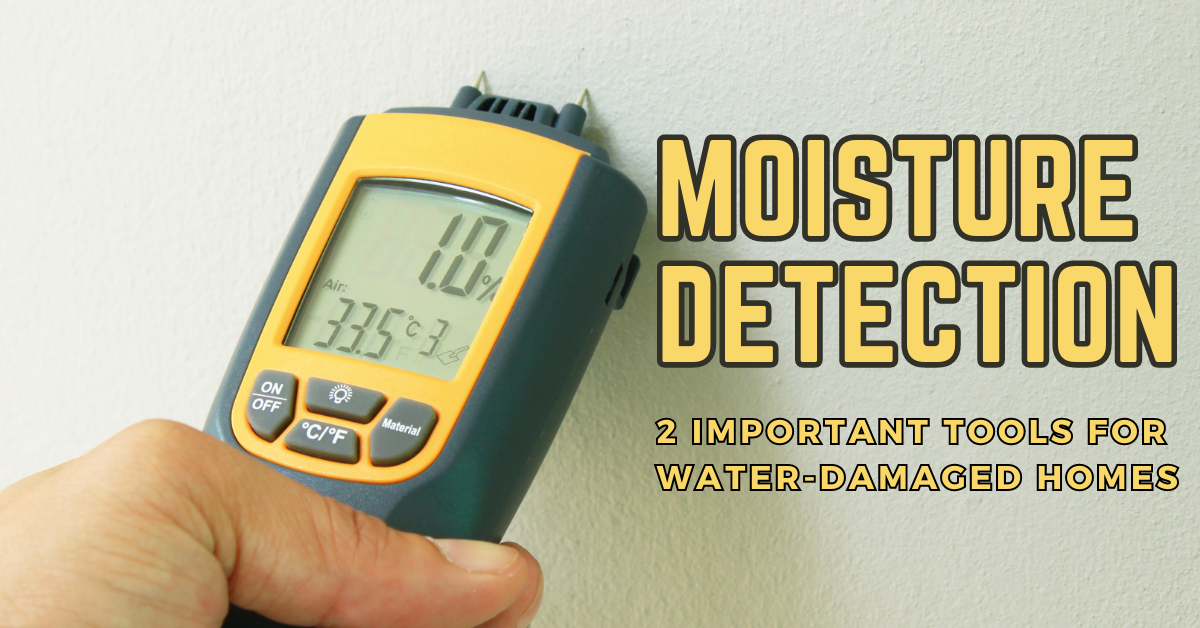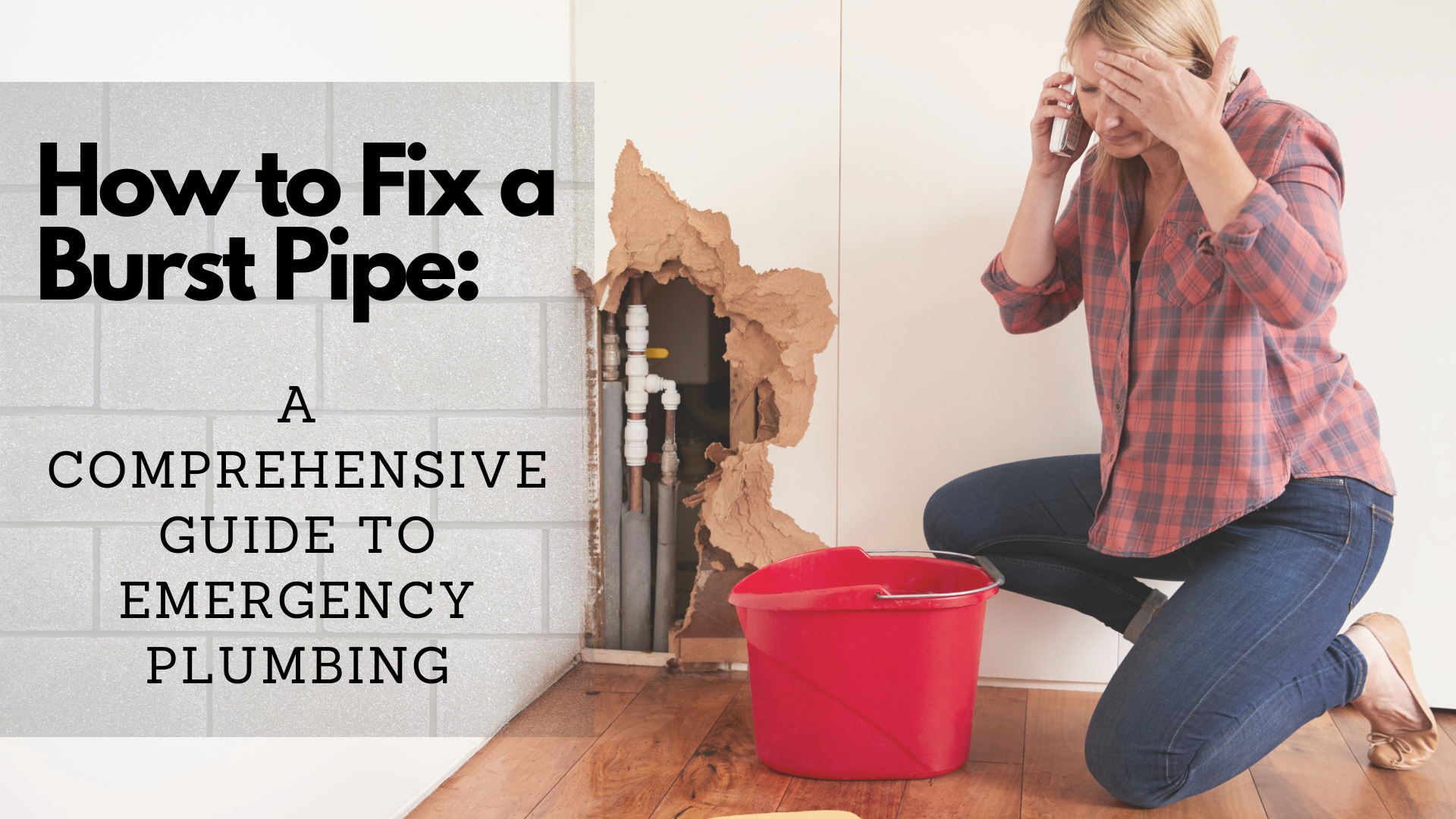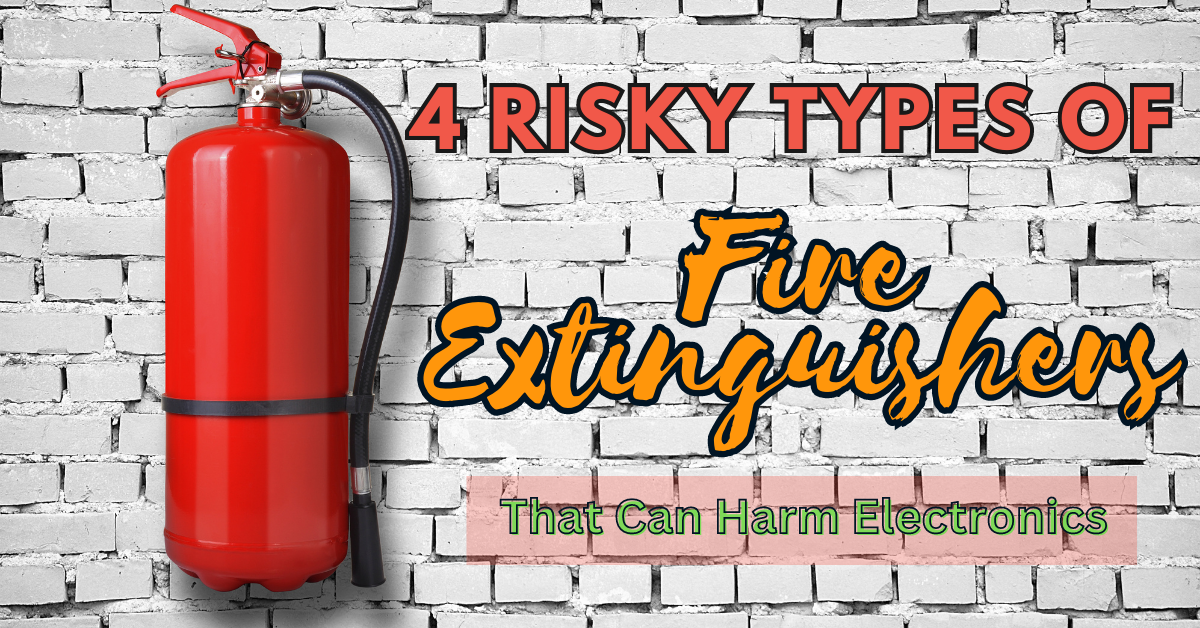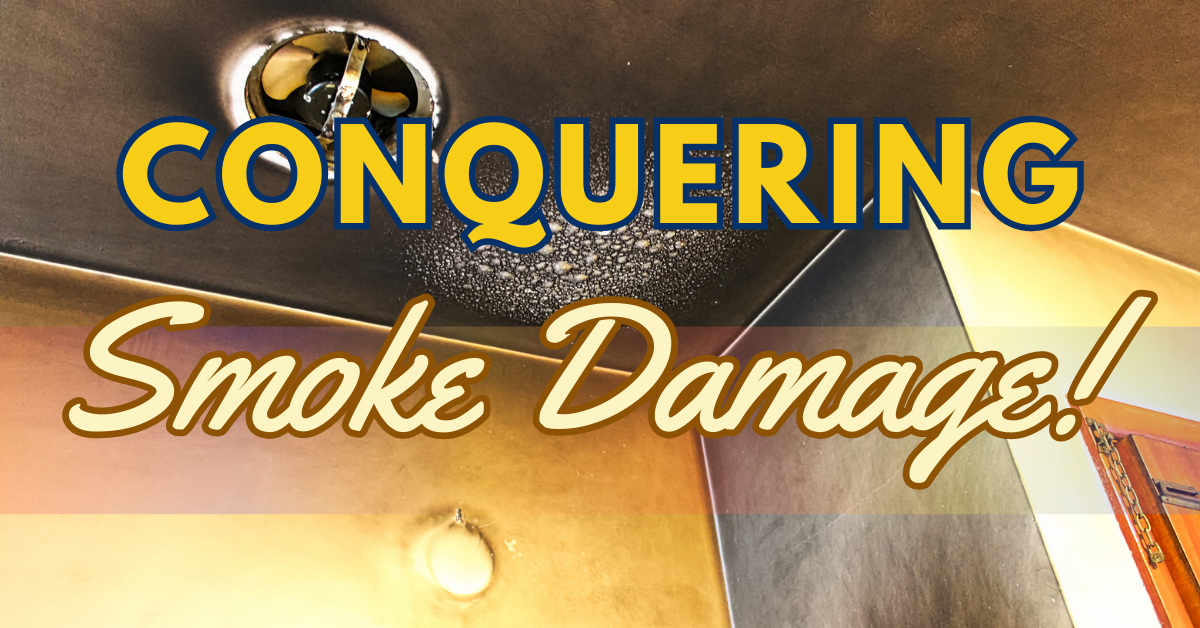 Moisture detection in water-damaged homes is a crucial step toward restoring the property to its pre-damage state. That includes determining the affected areas and moisture content.
Moisture detection in water-damaged homes is a crucial step toward restoring the property to its pre-damage state. That includes determining the affected areas and moisture content.
But water is so intrusive that it can go further behind walls, under floors, and other areas of the home. Most of the time, moisture detection in the damaged areas of our home cannot be easily done by just studying it through our eyes. Luckily, with the advancement in technology, we can easily do moisture detection in our water-damaged homes.
Moreover, if not noticed, water damage can go without interruption due to the presence of moisture. Thus, finding moisture is one of the most important things to restore your water-damaged home.
Luckily, there are two types of tools that we can use to appropriately do moisture detection for water damage in your home.
Tools to be Used in Moisture Detection for Water-Damaged Homes
Detecting water damage and moisture pocket can help keep you from spending thousands of dollars on repairs and preventing water damage further.
Moisture Meter
One of the tools that can be of great help in moisture detection at home is the use of a Moisture Meter.
A moisture meter is a tool that is used to determine the percentage of moisture content in an area. There is a reference scale that is used to read the moisture. 0 means the area is fully dry and 100 means it is completely saturated, which tells us it is impossible to be wetter than it is. This meter is very useful as it can reach areas that we usually overlook or do not consider affected areas.
Using this tool can help in assessing if the affected area is fully dried.
There are 3 types of moisture meters; pin types, pinless, and all-in-one.
Pin Type Meter – It is the most commonly used type of moisture meter. With this type of meter, you can determine the moisture content of the area by measuring the electrical resistance between the two pinpoints. The higher the resistance is, the more moisture it is in the area. It is useful in measuring moisture content in wood flooring, surfaces, drywall, ceiling, and carpeting.
Pinless Meter– This type of moisture meter operates by measuring the electrical impedance of the area. This is most useful when determining the percentage of moisture buildup behind tiles and the sub-surface of the flooring.
All-In-One Meter – This one is the most useful moisture meter because it uses both methods of measuring moisture content. Because of its diversity, general contractors and flood specialists use this type of meter.
Thermal Imaging Cameras
Another thing we can use in moisture detection for water-damaged homes is Thermal Imaging Cameras.
A thermal imaging camera is a great way of identifying hidden water damage as well as moisture. It has a digital screen that can be used to show homeowners the actual wet areas in their homes.
To show the different temperatures of the surface, It uses different colors. The colors help determine whether the surface is wet or dry. It is also helpful to show homeowners the source of water damage.
What You Should Know About Moisture in Homes
Water damage is a serious business and the moisture associated with it can harm not only your property but also the health condition of your family.
-
Moisture can cause mold growth
If the surfaces in your water-damaged home did not return to their fully dry condition, bugs, and mold will begin to thrive. Mold develops where there is moisture. If the humidity level reached up to 80%, mold will start to grow. The mold releases spores that can cause hazards to the conditions of the occupants. Those who have respiratory problems are vulnerable to mold growth. Moreover, black mold requires costly removal. Remember that homeowners’ insurance does not cover black mold. Removing mold on your own can be risky.
-
Moisture can damage electronics
Electronics are most susceptible to damage because of condensation. Because of moisture, the contacts inside can corrode and can lower their insulation resistance. This can lead to short circuits. Your electronics can react to drastic changes in temperature and high humidity. Be watchful and make sure that they have already adjusted to the temperature before turning them on.
-
Moisture can damage wooden furniture, drywall, and flooring
Moisture is forceful and can damage several items in your home. That includes your wooden furniture, drywall, and hardwood flooring. These materials are naturally porous and can absorb moisture from the air. When exposed to moisture for a longer time, it can cause them to sog, crimple, and warp. Eventually, repairing them might require replacement.
What To Do Next?
Getting your home clean and dry is so crucial to keep it healthy. Moisture can cause mold to grow. That is why it is important to do moisture detection and to fix the problem as quickly as possible.
Moisture detection is not something an ordinary homeowner can do. Detecting moisture requires advanced tools and at the same time removing it requires skills and expertise. That is why finding moisture and removing it should be done by a certified water damage restoration technician.
Call in professionals to properly assess the situation. The black mold you have discovered in your home might indicate a larger problem and require a thorough cleanup. The water damage you just noticed might have been there for a longer time and have caused further damage. Since certified water damage technicians are well equipped with the right tools, they are the ones that can fully assess your property and can bring your home back to its pre-state condition.
If you need more information about water damage and moisture detection, please call us today.




